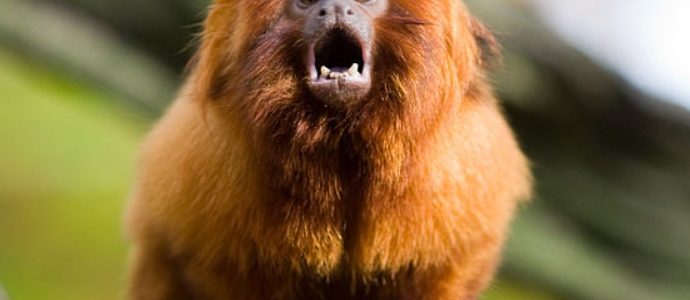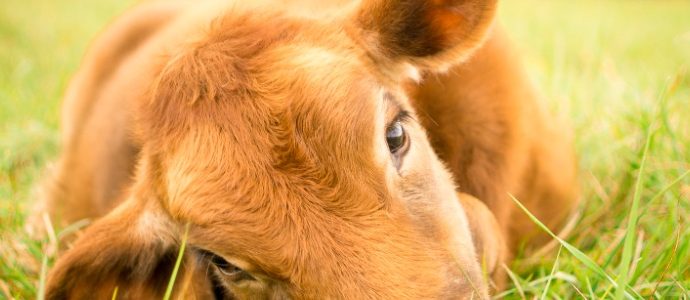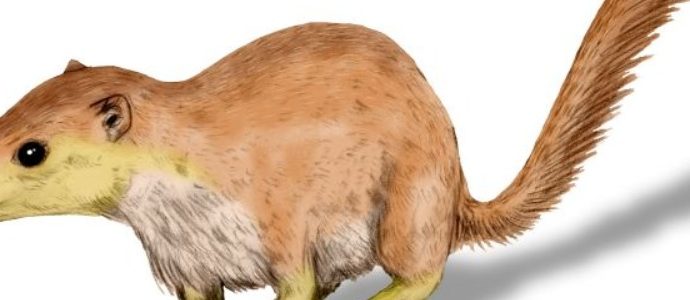Paradoxically, the Loss of Key Vocal Structures Spurred the Evolution of Human Speech
Researchers have identified the evolutionary changes to our larynx that enables humans to produce the complex sounds necessary for the development of speech, while our primate relatives are unable to do so, despite having similar physical vocal structures. Paradoxically, the changes that occurred didn’t involve an increase in the complexityread more


